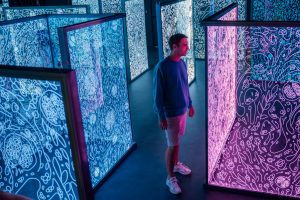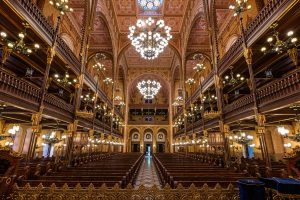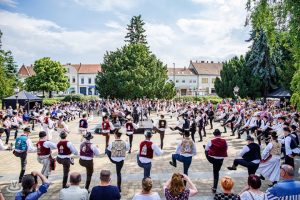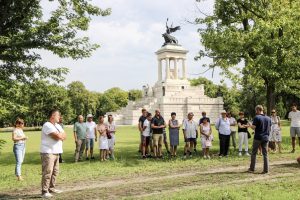Every Hungarian has heard anecdotes about the infamous District VIII – or “nyócker”, as Budapesters call it. Although it is often depicted as a dark and dangerous neighbourhood, in reality, it is one of the city’s most colourful and inspiring districts, where every wall and corner has its own story to tell.
Passengers boarding the tram on Blaha Lujza tér, university students making their way to a lecture in Krúdy Gyula utca, office workers spending their lunch break on the steps of National Museum – while drifting through the hustle and bustle of daily life, they might not even realize just how much history they’re surrounded by: buildings and streets that witnessed some of the darkest as well as the most glorious moments in Hungarian history, apartments that once gave home to renowned doctors, artists, and musicians. Slow down for a minute and take a look around: you’ll notice bullet holes on one building, a memorial plaque on another, and a small stone statue on the third one, revealing the profession of the first house owner.

The eclectic world of District VIII, which at the height of its glory drew its strength from its colourful population, made up of people from different ethnicities and social classes who worked a wide range of jobs, still offers a whole slew of extraordinary surprises – you just have to know where to look. That’s what Beyond Budapest’s new walking tour ‘The Crumbling Splendour of District VIII’ helps you in.
During the course of the two-hour tour, starting from the garden of National Museum, you’ll learn which building is on the back of the 20,000 HUF banknote, who revolutionized Hungarian midwife training in 1911, what is the contradiction between the group of birds (symbolizing freedom) found on the facade of the Hungarian Radio’s building and the room that’s found right behind them is, how the Jesuit priests of Lőrinc pap tér church managed to save the lives of hundreds of people, and where the Soviet troops entered Szentkirályi utca in 1944, among many other things.
The “nyócker” has always been at the centre of events: in addition to weathering the battles of World War II and the Revolution of 1956, it’s also known as the neighbourhood of the famous Paul street boys, the city’s most remarkable Gypsy musicians, of cobblestoned streets, and the breakout of the Hungarian Revolution of 1848. The sight of a modern school building on one side of the street and a decaying low-rise dwelling on the other is commonplace, just like a smithy or a confectionery run by the same family for generations.
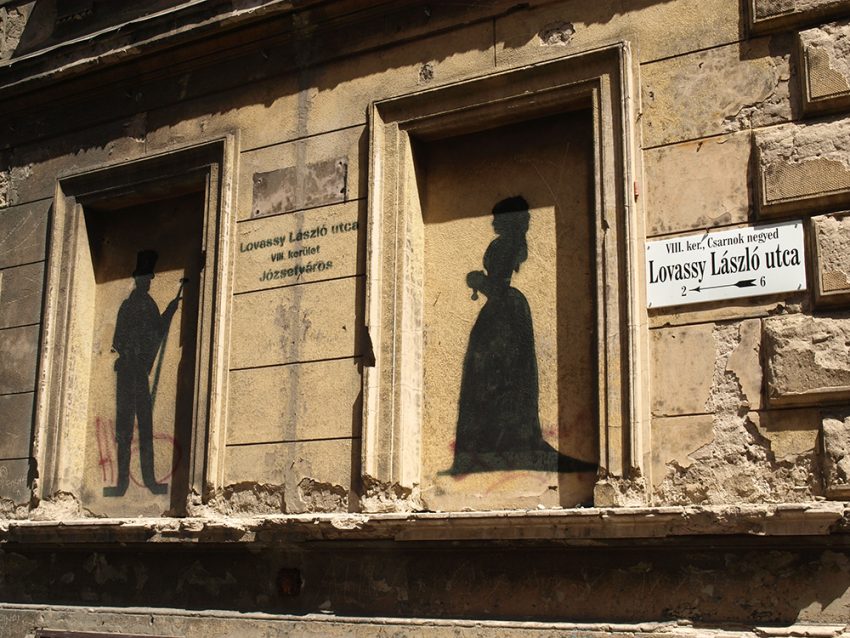
The walking tour of Beyond Budapest can be likened to a first date, where everything revolves around the feeling of chemistry, and learning about the past life of the other individual, with all its colour, joy, and sorrow. As you’re going along, you’ll find out how many times they had to pick themselves up and bounce back after a failure – similarly to how District VIII pulled itself together after the devastating flood of 1838 (which gave us one of the most elegant neighbourhoods of Budapest, the aristocracy’s beloved Palace District), world war bombings and the fire fights of the revolution, and how it slowly managed to shed its bad reputation to become an attractive, bustling, and colourful quarter once again.
Whether you were born and raised in the district, just moved in to your new apartment, or want to gain an insight into the history and lives of one of Budapest’s most interesting areas, this is an adventure you do not want to miss out on.
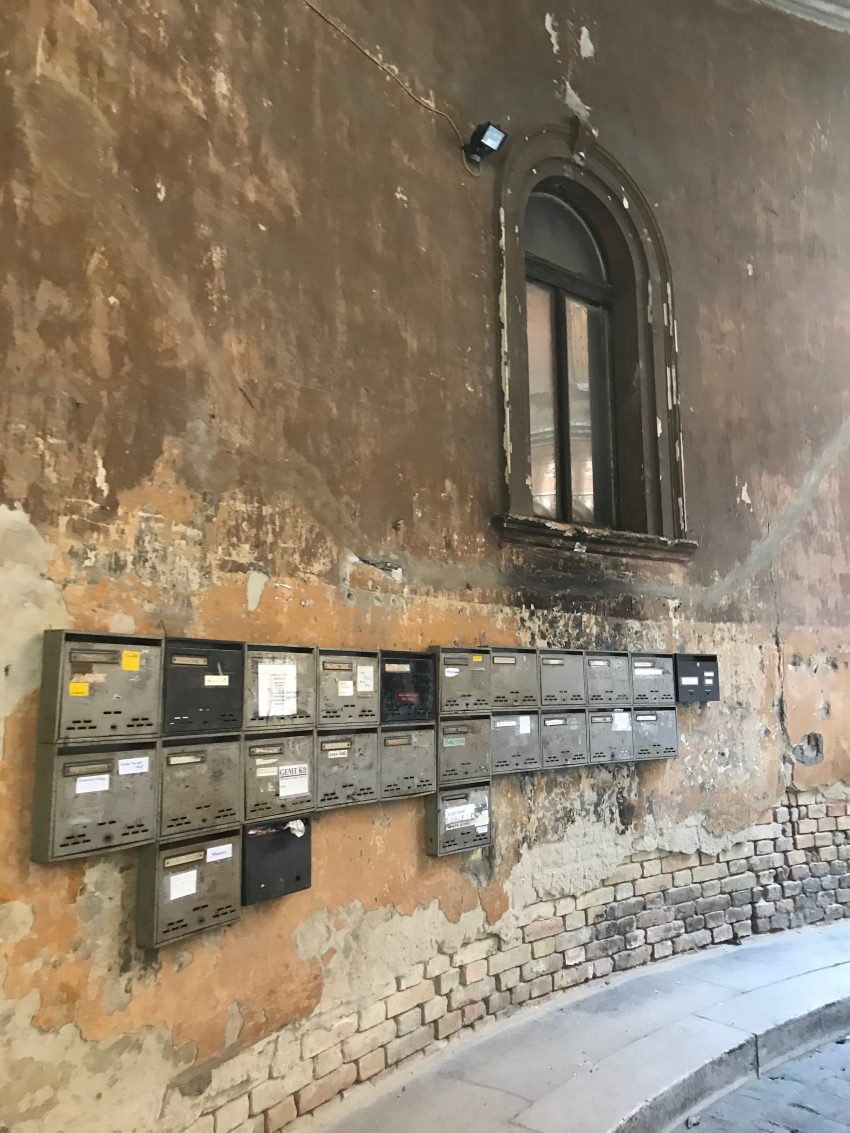
For more information check out the website of Beyond Budapest.
